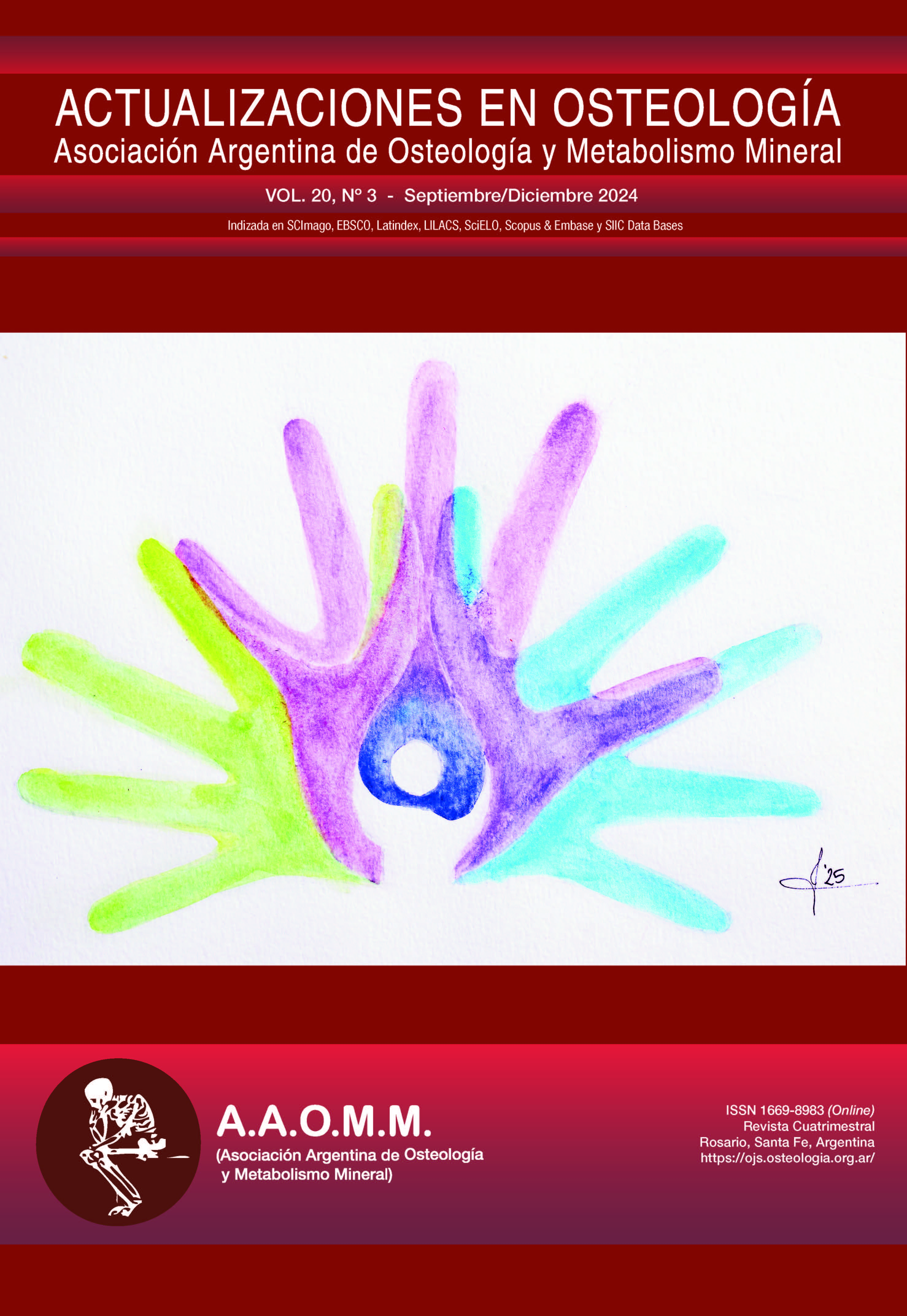Rare Diseases: Challenges in Diagnosis and Treatment
Main Article Content
Abstract
Rare diseases or EPF (Rare Conditions) are conditions that affect a small percentage of the population but represent a significant public health challenge, impacting approximately 6-8% of the global population. It is estimated that there are between 6,000 and 8,000 rare diseases, though the number varies due to inconsistent definitions and differences in diagnostic technologies across countries. In some places, such as the United States, a disease is considered rare if it affects fewer than 200,000 people, while in Europe and Japan, the definitions differ. In Argentina, rare diseases affect 1 or less in 2,000 people, and the National Law 26.689 of 2011 ensures rights for diagnosis, treatment, and comprehensive care for patients. This lack of consensus complicates both diagnosis and treatment.
Despite advances in research and the creation of orphan drugs, many disorders still lack approved treatments. It is estimated that around 80% of rare diseases have a genetic cause, although this data has not been confirmed through thorough analysis. Additionally, certain diseases are more prevalent in specific regions due to particular genetic mutations. The exact number of rare diseases remains uncertain, and although the range is cited as 6,000 to 8,000, databases list more than 21,000 diseases, suggesting the number could be significantly higher. This highlights the need for greater harmonization in the definition and research of these conditions.
Article Details
Derechos de autor: Actualizaciones en Osteología es la revista oficial de la Asociación Argentina de Osteología y Metabolismo Mineral (AAOMM) que posee los derechos de autor de todo el material publicado en dicha revista.
References
Moliner AM, Waligora J. The European Union Policy in the Field of Rare Diseases. Adv Exp Med Biol2017;1031:561-87.
Prevalence and incidence of rare diseases: Bibilographic data. Diseases listed by decreasing prevalence, incidence or number of published cases (Orphanet Report Series No. Number 2). http://www.orpha.net/orphacom/cahiers/docs/GB/Prevalence_of_rare_diseases_by_decreasing_prevalence_or_cases.pdf
Kernohan KD, Boycott KM. The expanding diagnostic toolbox for rare genetic diseases. Nat Rev Genet 2024;25(6):401-15.
Roessler HI, Knoers NVAM, van Haelst MM, van Haaften G. Drug Repurposing for Rare Diseases. Trends Pharmacol Sci 2021;42(4):255-67.
Dharssi S, Wong-Rieger D, Harold M, Terry S. Review of 11 national policies for rare diseases in the context of key patient needs. Orphanet J Rare Dis 2017;12(1):63.
Oprea TI, Bologa CG, Brunak S, et al. Unexplored therapeutic opportunities in the human genome. Nat Rev Drug Discov 2018;17(5):317-32. Erratum in: Nat Rev Drug Discov 2018;17(5):377.
Haendel MA, Chute CG & Robinson PN. Classification, ontology, and precision medicine. N. Engl. J. Med 379, 1452–1462 (2018).
Haendel M, Vasilevsky N, Unni D, et al. How many rare diseases are there? Nat Rev Drug Discov 2020;19(2):77-8.
Nguengang Wakap S, Lambert DM, Olry A, et al. Estimating cumulative point prevalence of rare diseases: analysis of the Orphanet database. Eur J Hum Genet 2020;28(2):165-73.
Tambuyzer E, Vandendriessche B, Austin CP, et al. Therapies for rare diseases: therapeutic modalities, progress and challenges ahead. Nat Rev Drug Discov 2020;19(2):93-111. Erratum in: Nat Rev Drug Discov 2020;19(4):291.
Hartley T, Balcı TB, Rojas SK, et al. The unsolved rare genetic disease atlas? An analysis of the unexplained phenotypic descriptions in OMIM®. Am J Med Genet C Semin Med Genet 2018;178(4):458-63.
Chong JX, Buckingham KJ, Jhangiani SN, et al.The Genetic Basis of Mendelian Phenotypes: Discoveries, Challenges, and Opportunities. Am J Hum Genet 2015;97(2):199-215.
Herder M. What Is the Purpose of the Orphan Drug Act? PLoS Med 2017;14(1):e1002191.
Moliner AM. Creating a European Union framework for actions in the field of rare diseases. Adv Exp Med Biol 2010;686:457-73.
Richter T, Nestler-Parr S, Babela R, et al. Rare Disease Terminology and Definitions-A Systematic Global Review: Report of the ISPOR Rare Disease Special Interest Group. Value Health 2015;18(6):906-14.
He J, Kang Q, Hu J, Song P, Jin C. China has officially released its first national list of rare diseases. Intractable Rare Dis Res 2018;7(2):145-7.
Ruseckaite R, Mudunna C, Caruso M, et al. Current state of rare disease registries and databases in Australia: a scoping review. Orphanet J Rare Dis 2023;18(1):216.
Tumiene B, Peters H, Melegh B, et al. Rare disease education in Europe and beyond: time to act. Orphanet J Rare Dis 2022;17(1):441.
Orphan Drug Act. P.L. 97–414 (Jan 4, 1983).
Crespi CA, Szarazgat D. Con los Oídos de la Prudencia. Enfermedades Poco frecuentes: Estrategias de articulación del Sistema de Salud e Impacto sociosanitario en el hallazgo del diagnóstico. Acercándonos Ediciones. 1ra Edición. Ciudad Autónoma de Buenos Aires. ISBN: 978-987.8925-27-1. 2022.

